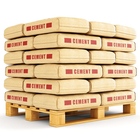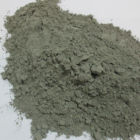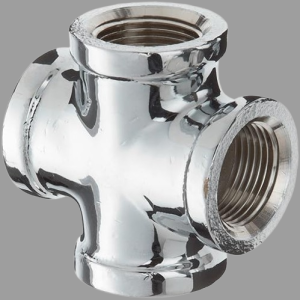Cement
Cement is a versatile and essential material in construction, renowned for its ability to bind and harden other materials. It is primarily used in the production of concrete, mortar, and grout, serving as the foundational element for a wide range of infrastructure and building projects worldwide.
- Types of Cement:
- Portland Cement: The most common type, characterized by its versatility and ability to form strong concrete mixes suitable for most construction applications.
- Blended Cements: Mixtures of Portland cement with supplementary materials such as fly ash, slag cement, or silica fume, enhancing specific properties like durability, workability, or reducing environmental impact.
- Specialty Cements: Tailored formulations designed for specific needs, such as rapid-setting cement for quick repairs or high-sulfate-resistant cement for environments with high sulfate content.
- Properties and Composition:
- Chemical Composition: Mainly composed of calcium, silicon, aluminum, iron, and other trace elements, with precise ratios influencing cement’s strength and setting properties.
- Setting and Hardening: Cement undergoes a chemical reaction with water (hydration) to form a solid mass, gradually gaining strength over time. Proper curing conditions are crucial for achieving optimal strength and durability.
- Applications:
- Concrete Production: Cement binds with aggregates (such as sand and gravel) and water to create concrete, used in foundations, walls, slabs, and pavements.
- Mortar: A mixture of cement, sand, and water used to bind bricks, stones, and other masonry units together.
- Grout: A fluid form of cement used for filling voids, gaps, or repairing cracks in concrete structures.
- Quality Control and Standards:
- Testing and Certification: Cement quality is ensured through rigorous testing according to international standards (e.g., ASTM, EN), verifying properties such as compressive strength, setting time, and chemical composition.
- Environmental Impact: Efforts to reduce carbon footprint through innovations in production processes, including alternative fuels, energy-efficient kilns, and carbon capture technologies.
- Sustainability and Innovation:
- Green Cement: Research and development focus on sustainable alternatives to traditional cement, such as geopolymer cement or incorporating industrial by-products to reduce CO2 emissions.
- Recycling and Waste Management: Utilization of waste materials like fly ash or slag as supplementary cementitious materials, promoting circular economy principles in cement production.
Cement’s versatility, durability, and adaptability make it indispensable in modern construction, continuously evolving to meet the demands of sustainable development and innovative building practices.











Reviews
There are no reviews yet.